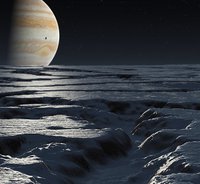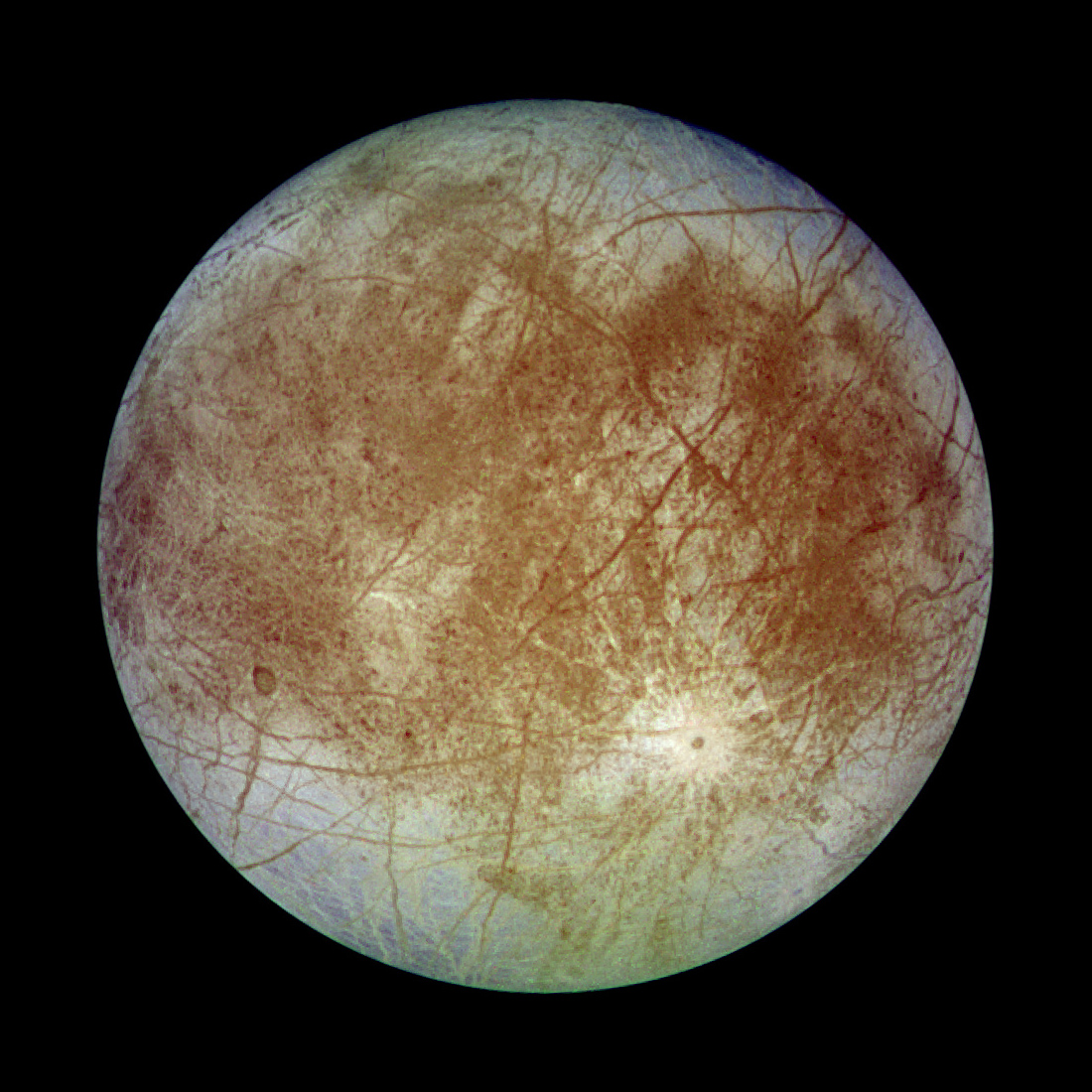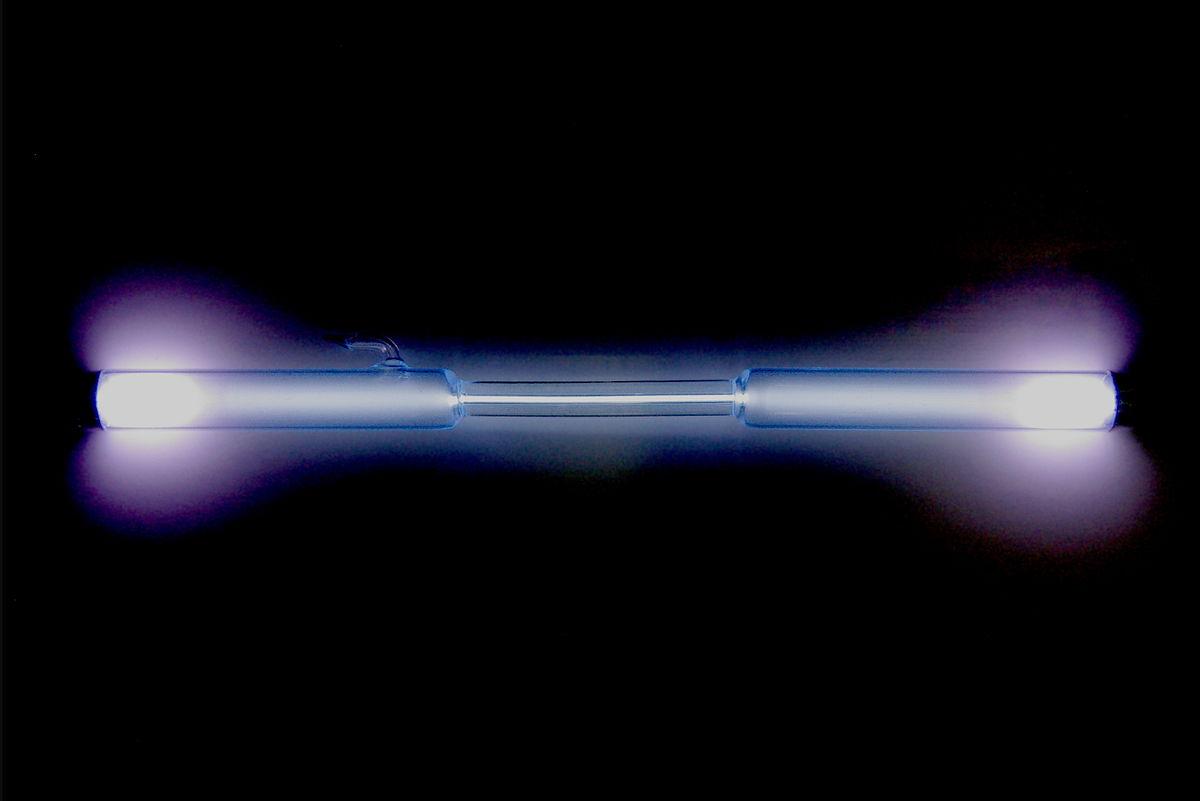
Abstract: Beginning with Galileo in 1610, the Jovian system of worlds has inspired us and provided a rich environment for paradigm change and discovery. The diversity of characteristics represented in the moons of Jupiter require an equally diverse approach for observing and understanding their evolution and inner workings.
In this lecture we examine the relatively recent suite of observations of Europa, from the in situ Voyager and Galileo missions to the more recent remote observations made by the Hubble Space Telescope. This assemblage of information leads us to contemplate the potential habitat residing beneath Europa’s icy shell; a definition of questions pursuit of answers that has evolved into the Europa Clipper mission. We will discuss this exciting mission in terms of the instrumentation that will cooperatively and collaboratively explore what lies beneath the surface of Europa.
 Getting Under Europa’s Skin
Getting Under Europa’s Skin Tracing Formation and Evolution of Outer Solar System Bodies Through Stable Isotopes and Noble Gas Abundances
Tracing Formation and Evolution of Outer Solar System Bodies Through Stable Isotopes and Noble Gas Abundances Photosynthesis, a Planetary Revolution
Photosynthesis, a Planetary Revolution Xenon: King of the Gases
Xenon: King of the Gases